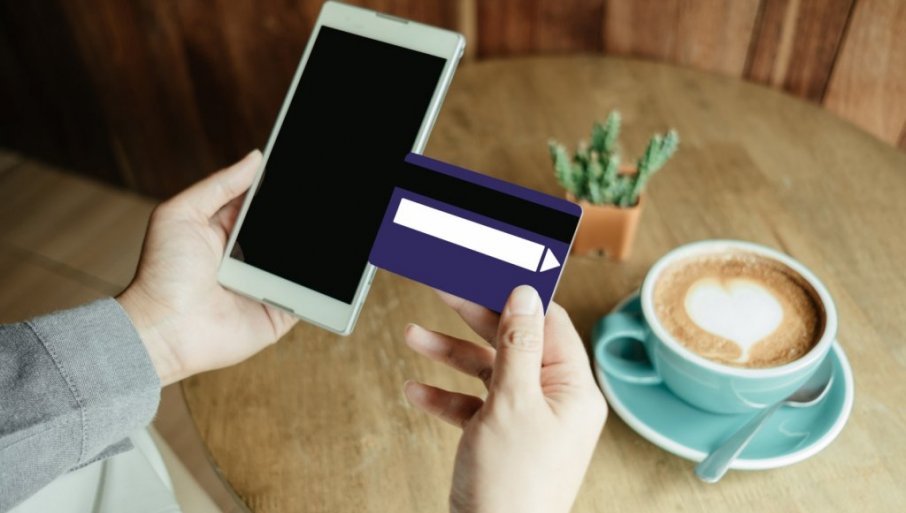
Buying A Calling Card? Watch For These 4 Things
It astounds me that we will still have to pay exorbitant international calling rates through our big telecoms carriers in 2024 and 2024.
The telecommunications sector is complicated, with many moving elements, yet because there is so much money to be earned and so few rivals in each nation, there is no motivation to cut client prices.
One of the more common options is to use free calling programmes such as Skype, which is ideal for contacting countries with well-established internet but not so great for calling nations with less developed internet.
Furthermore, many individuals in these nations’ older demographics still prefer to use the telephone, making it difficult to transition them to VoIP technology.
The calling card is arguably the finest accessible alternative.
While the technology is outdated, it is nevertheless quite useful and is often utilised by individuals calling home to their family.
Calling cards, in most circumstances, provide substantially lower rates than your existing telecom provider when talking to less developed nations, allowing individuals to save up to 90% on their costs.
Furthermore, they employ copper phone lines, which eliminates the requirement for an internet connection, and they use the same telephone protocol as if you were phoning them on your landline or cell phone.
According to JT from nzphonecards.co.nz, no service is flawless, but if you know what to look for when buying a calling card, you may save yourself a lot of frustration and money.
However, like with every product, there are drawbacks.
For example, calling card businesses typically utilise lower-quality carrier lines to create these connections, so you may encounter call drop-outs, loud lines, cross-lines, or even the inability to connect at all – don’t worry, this article is meant to help you resolve many of these difficulties.
It’s a little give and take, and if you want to dramatically reduce your phone expenses, you’ll have to put up with the occasional setback.
Furthermore, there are calling card providers that will try to take advantage of their consumers by charging hidden costs, which we will also discuss.
So, let’s look at how to purchase the greatest calling card to save money on your phone bill while also lowering your chance of getting scammed.
1. Check to see whether there is a customer service department

This, I believe, is the most critical step in the process, and one that most customers overlook.
Who are you going to call if anything goes wrong with a firm that doesn’t provide customer service?
If you buy a calling card from a store, you won’t receive much help, especially if you’ve just spent a portion of your card; few will be able to fix it, and others may refuse to give you a refund because the card has been partially used.
The greatest suggestion I can give you is to look for a calling card with a customer support number that you may call first to discuss the subjects covered in this book.
You could go into a store and start flipping through cards and phoning customer service, but I’d recommend doing your research online and calling from there.
Simply searching for calling cards or calling cards will bring up organisations that will, more than likely, have a customer support staff ready to take your call.
We’ll go over the questions you should ask once you’ve identified a calling card firm with a customer support staff…
2. Keep an eye out for call rounding

Simply said, call rounding implies that your calls will be charged at regular intervals.
A 5 minute calling block at 10 cents per minute, for example, will cost you 50 cents every 5 minutes. This implies that even if your call is just 1 minute long, you will be charged for the whole block.
It may not be a huge concern if your calls are longer, but if you’re making extremely brief calls, say less than 5 minutes, you’re essentially paying 50 cents every call.
If feasible, look for a card with 1 minute rounding, but keep in mind that the most usual call rounding duration is 2-3 minutes.
3. Make sure tech issues can be resolved quickly

You will invariably encounter a technical issue, the most frequent of which is a noisy line, but you may also encounter things like calls stopping for no apparent reason, your call being routed to another country, or your call not being connected.
This is why having a customer care staff on standby is critical in the event that anything like this occurs.
You’re more likely to encounter a noisy line; but, other technical issues are far less prevalent.
In any case, you want to know how long it will take to fix such problems.
A reasonable time range would be the same day or the next day; the top organisations can usually handle these difficulties in an hour or two.
4. Look out for undisclosed fees

You want to know exactly what you’re paying for, and you just want to pay for your phone calls. When you activate your calling card, certain firms may charge you a daily, weekly, or monthly service fee; avoid these calling card services.
Connection costs are another cost, although in most instances these cards provide lower rates for longer conversations; but, as usual, do your homework. I prefer calling cards that do not charge a connection fee.
Summary
When it comes to buying calling cards, the ordinary customer might be caught off guard, but by doing some research and asking three simple questions about hidden costs, call rounding, and how long it takes to handle technical difficulties, you can avoid the big mistakes that most people fall into.
